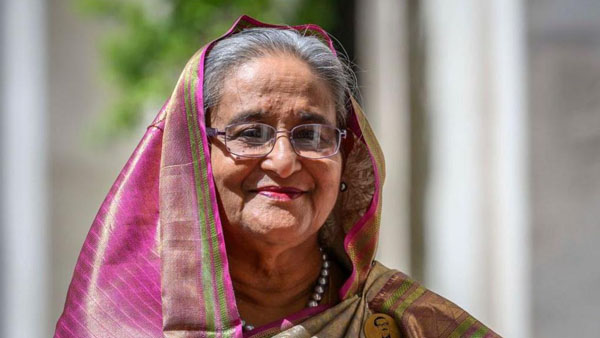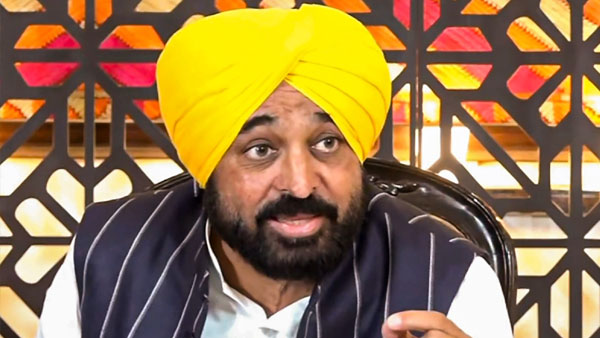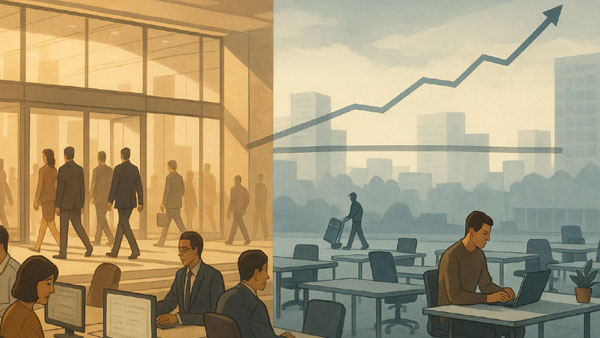By Satyabrat Borah
Bangladesh has rarely been out of the headlines since the summer of 2024, and for good reason. What started as a student protest against job quotas turned into one of the fastest and most dramatic political upheavals in South Asia’s recent history. By August 2024, Sheikh Hasina, who had ruled the country for fifteen straight years and a total of twenty years across different terms, was forced to flee to India on a military helicopter. A few months later, in November 2025, a special tribunal in Dhaka sentenced her to death in absentia for crimes against humanity linked to the violent crackdown on those very protests. Her former home minister, Asaduzzaman Khan Kamal, received the same sentence. An entire era seemed to close with the stroke of a judge’s pen.
To understand how Bangladesh reached this point, we have to go back a little. Sheikh Hasina is the daughter of Sheikh Mujibur Rahman, the founding father of the nation who was assassinated in a military coup in 1975 along with most of his family. Hasina and her sister survived only because they were abroad at the time. That tragedy shaped her life and her politics. When she finally returned and entered politics, many saw her as the natural heir to her father’s legacy. Her party, the Awami League, won landslide victories in 2008, 2014, 2018, and 2024, though the later elections were heavily criticised for rigging and the exclusion of opposition candidates.
Under her leadership the country changed in visible ways. High-rise buildings rose in Dhaka, new bridges and metro lines were built, garment exports kept growing, and millions were lifted out of extreme poverty. Bangladesh was often praised as an economic miracle, growing faster than many bigger neighbours. Yet the other side of the story grew darker with every passing year. Critics were jailed under the Digital Security Act, journalists disappeared, and opposition rallies were routinely attacked. By 2024 many young people felt the country was moving forward economically but sliding backward democratically.
The spark came in June and July 2024. Students demanded the reform of a quota system that reserved thirty percent of government jobs for the children and grandchildren of freedom fighters from the 1971 Liberation War. They said the system had become a tool for the ruling party to reward loyalists. At first the protests were peaceful, but when the government responded with tear gas, rubber bullets, and finally live ammunition, everything exploded. Images of bloodied students filled social media. The government cut internet access for days, but the anger only grew. Helicopters and even drones were reportedly used against protesters in some areas. Estimates of the death toll range from three hundred to over a thousand, depending on the source. In the end the army refused to fire on civilians any longer, and on 5 August Hasina left the country.
What followed was both hopeful and chaotic. An interim government was formed under Muhammad Yunus, the Nobel Peace Prize winner famous for microcredit and Grameen Bank. At seventy-four years old, Yunus was an unlikely revolutionary, yet students and much of the public trusted him because he had stayed out of party politics for decades. His job is enormous: hold fair elections, rebuild broken institutions, calm a polarised society, and keep the economy from collapsing.
The death sentence handed to Hasina and her home minister in November 2025 was meant to bring closure to the families of those killed. The tribunal accused them of ordering the lethal force used in July and August 2024. Many Bangladeshis celebrated the verdict as justice finally being served after years of impunity. Others, including some human-rights groups and the United Nations, questioned whether a truly fair trial is possible so soon after a revolution, especially when the judges were appointed by the new authorities. Hasina herself called the trial a “kangaroo court” from her exile in New Delhi. India has refused to extradite her, saying it is bound by its own laws and bilateral agreements. That decision has strained relations between Dhaka and New Delhi, once the closest of allies.
Life inside Bangladesh remains tense. Awami League supporters feel hunted. Thousands of party workers have been arrested, and there are nightly reports of attacks on their homes and businesses. At the same time, minority communities, especially Hindus, have faced a wave of violence since Hasina’s fall. Temples have been vandalised, shops looted, and families forced to flee. Some attackers appear to be settling old political scores; others are simply taking advantage of the breakdown in law and order. The army and police are stretched thin trying to keep the peace.
Economically the country is hurting. Factories that once ran round the clock have cut shifts because foreign buyers are nervous about instability. Inflation is high, the currency has lost value, and foreign reserves are lower than they have been in years. Remittances from millions of Bangladeshis working abroad are still coming in, but many families are struggling to buy basic food. Yunus has promised reforms: a new voter list, an independent election commission, and changes to the constitution to prevent any future leader from becoming too powerful. He says elections will be held by the end of 2026 at the latest, but first he wants the country calm enough for a credible vote.
Politics is slowly reorganising itself. The Bangladesh Nationalist Party (BNP), the main opposition for decades, is trying to make a comeback after years of repression. Its leader Khaleda Zia is old and frail, but her son Tarique Rahman, living in London, is active behind the scenes. New student-based parties have also emerged, promising a complete break from the old guard. Islamist groups like Jamaat-e-Islami, banned under Hasina, are registering again and gaining visibility. Whether all these forces can compete peacefully remains the biggest question.
For ordinary people the mood swings between hope and fear. A young university student in Dhaka told a foreign reporter, “We removed a dictator, but now we are scared of the vacuum.” A garment worker in Chittagong said, “I marched in August because I wanted freedom. Today I just want my factory to reopen so I can feed my children.” An elderly man who lived through the 1971 war worries that the country is once again tearing itself apart over revenge instead of building something new.
Muhammad Yunus keeps repeating that this is Bangladesh’s “second independence.” He asks people to be patient, to forgive but not forget, and to work together. It is a tall order. The scars of 2024 are still fresh, and the death sentence against Hasina has reopened many wounds rather than healing them. Yet there is also a sense of possibility that was missing for years. Young people who coordinated protests through WhatsApp groups and TikTok videos now talk about rewriting the constitution themselves. Women who marched in the streets refused to go back to silence.
Bangladesh today is a country in transition, raw, noisy, and uncertain. It has shown the world that even long-entrenched leaders can be brought down by the courage of ordinary citizens, especially students who decided they had enough. At the same time it is a warning that revolutions are easier to start than to finish. The next twelve to eighteen months will decide whether this dramatic chapter ends in a stronger democracy or in new cycles of anger and authoritarianism.
For now, millions of Bangladeshis are watching, waiting, and trying to believe that the price paid in blood last year will one day be worth it. They hope the country can find a way to punish those responsible for past crimes without becoming trapped in endless revenge. They want elections that everyone accepts, an economy that works for the poor, and a society where no one has to live in fear because of their political beliefs or religion. It is a simple dream, but after everything that has happened, it feels further away than ever, and closer than it has ever been.




